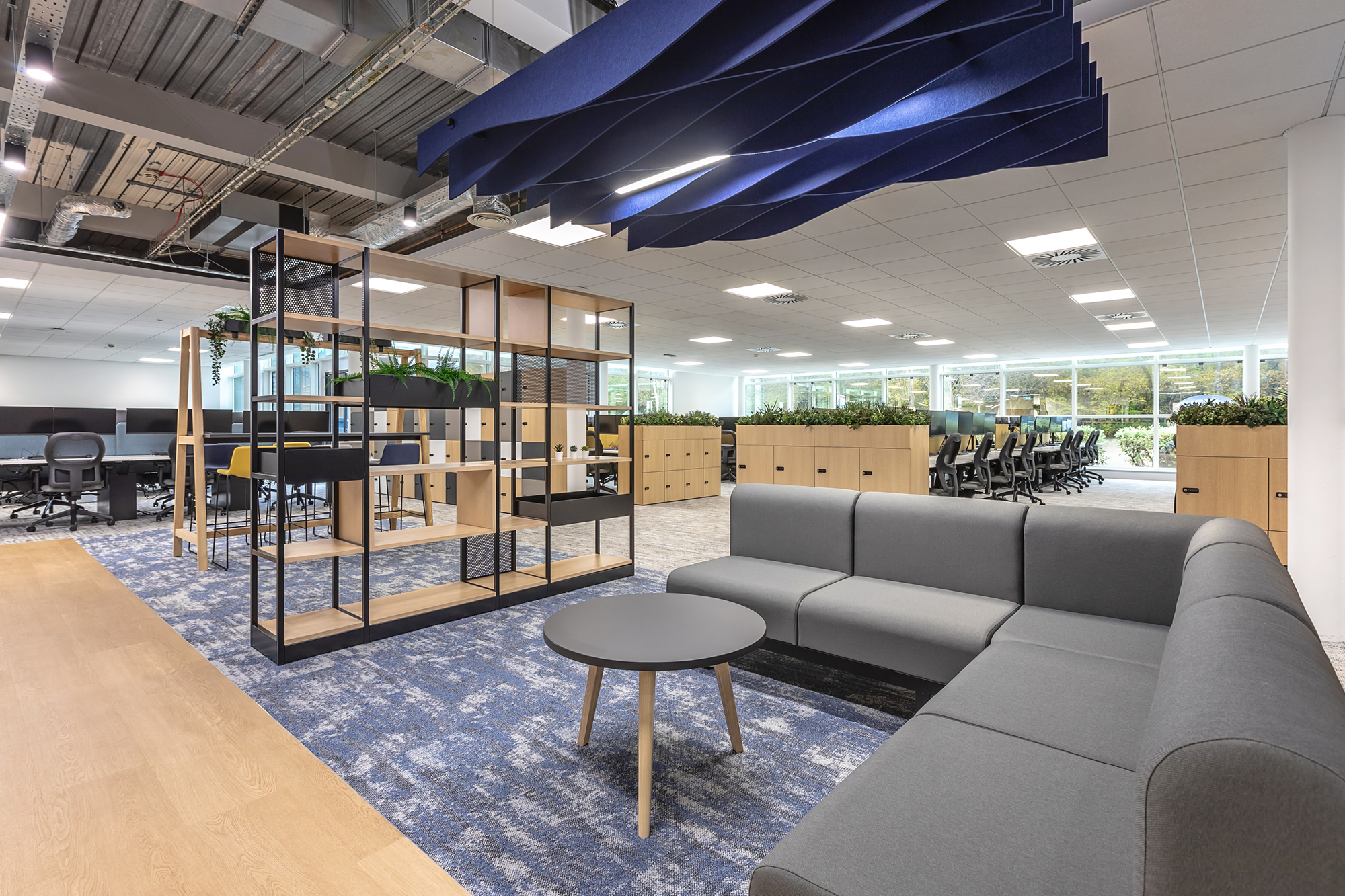HOW TO DESIGN AN ACCESSIBLE WORKPLACE
This article has been contributed by Esi Hardy of Celebrating Disability. Esi is a Disability Inclusion Expert who supports businesses and not-for-profit organisations to understand the barriers that disabled people face.
I always find it interesting to hear individual definitions of accessibility. Recently I visited some office space where although on first glance they were wheelchair accessible with a ramp, lift or level access into every part of the building, a quick tour demonstrated it was only 50% accessible for me.
As a physically disabled person using an electric wheelchair, I have been to many workplaces - some clearly more accessible than others. But how do you make a workplace accessible for all?
5 QUICK TIPS TO CREATE AN ACCESSIBLE WORKPLACE
- Ensure your disabled parking bays are at an appropriate distance from the building and that they are wide enough.
- Ensure that there is level access from the front entrance - including the entrance itself.
- Make your desks height adjustable so that a disabled or non disabled person can use them. Recent research from The Shaw Trust suggests that a lack of height-adjustable desks is considered a major obstacle for disabled people in the workplace.
- Replace your standard push/pull doors with automatic ones or, if you can, take out the door altogether.
- Install easy reach, accessible plug sockets and flexible monitor arms at every workstation. These items do not have to be isolated for disabled employees. This can make a difference in a disabled employee feel supported, welcomed and valued in your organisation.
It is impossible to predict an individual's circumstances. However you should talk to your disabled employees at the earliest opportunity about how things could be improved.
3 KEY AREAS TO IMPROVE TO HELP DISABLED EMPLOYEES FEEL PART OF YOUR WORKPLACE COMMUNITY
When designing with disability in mind there are 3 key areas of the workplace to focus on. These are areas that are key to making sure that your disabled employees feel part of your workplace community.
1. ACCESSIBLE COMMUNAL AREAS
It is commonly thought that a workplace is accessible if there is a height adjustable desk for a physically disabled person to sit at. It is often overlooked that the height adjustable desk is at one end of the room whilst the main work area is at the other end of the room. A big part of what keeps your employees productive is the workplace community that employees naturally become a member of when they join your organisation. This is no different for your disabled employees but due to restrictions on accessibility it can feel more of a challenge to be an active member of the office community.
Places like kitchens, toilets, breakout areas and even smoking areas can present barriers to physically disabled employees if appropriate planning has not been implemented.
Although we are not teenagers, toilets are seen as communal areas. Accessible toilets are quite often separated from general toilets therefore separating a physically disabled person from their non disabled peers. If possible, try building your accessible toilet with the main toilet areas.
Kitchens or teapoints are quite often designed to take up the minimum amount of space possible. This can create a barrier for a physically disabled person. Not only will they not be able to reach equipment, it will also be harder to take part in conversations. I have been in situations many times where the congregated group have agreed to move into a more accessible area so that I could be part of the conversation. By the time the group had moved however, the conversation had ended.
2. POSITIONING WITHIN THE OFFICE SPACE
Workplace equipment can be inclusive of all abilities and disabilities. However, depending on budget, it is not always possible to upgrade all office equipment to be accessible to everyone. In these cases it is worth considering where your physically disabled employee will be located. If you have an open plan office you should consider how easy it is for an employee in a wheelchair to navigate to their desk. Also if that person needs to have frequent contact with their line manager and team, consider where everyone in that team is located.
3. EMPLOYEE BENEFITS
Depending on your business's financial position you may offer an employee benefits scheme. You should consider if the benefits offered are accessible for your physically disabled employees.
Some examples of non-accessible benefits can include:
- Company cars. Are the options offered accessible for a physically disabled person? You may want to offer a wheelchair accessible vehicle as an alternative.
- Gym memberships. You should check that any gym you have a contract with has equipment suitable for a physically disabled person.
- Travel vouchers. Are there destinations or accommodation offered that are accessible?
- Cycle to work scheme. If a physically disabled person is not able to access the cycle to work scheme, do you have an alternative for them?
Celebrating Disability offer information, support and advice about making your workplace an inclusive environment for your physically disabled employees.
Designing a workplace with disability in mind is only one aspect of a successful office design. At Spectrum Workplace we have many years of experience in designing great workplaces for successful companies across the South Coast.
WHAT NEXT?
Hopefully this article has given some useful advice and tips on how to design an accessible workplace. However you may feel it would be best to use a professional office design company to help you through the office design maze?
We can help - just give us a call on 023 9248 9933 or fill in the contact form to request a free initial consultation.

